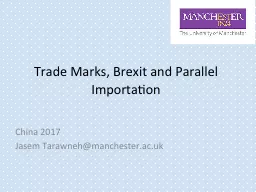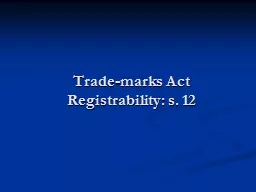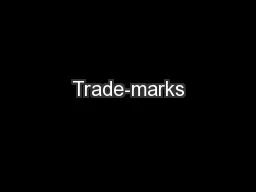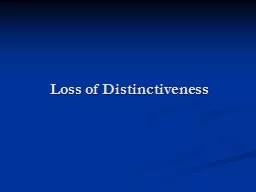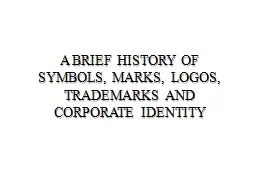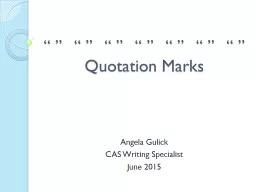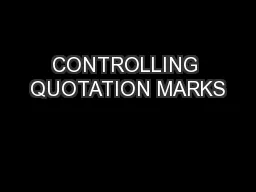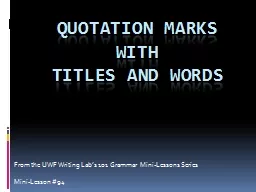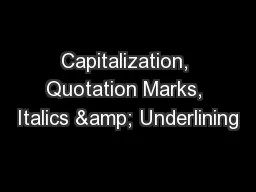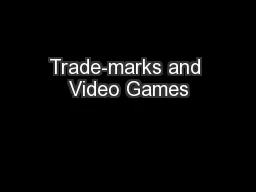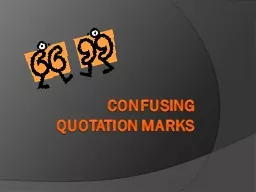PPT-Trade Marks,
Author : yoshiko-marsland | Published Date : 2017-10-26
Brexit and Parallel Importation China 2017 Jasem Tarawnehmanchesteracuk What is a Trade Mark any sign capable of being represented graphically which is capable
Presentation Embed Code
Download Presentation
Download Presentation The PPT/PDF document "Trade Marks," is the property of its rightful owner. Permission is granted to download and print the materials on this website for personal, non-commercial use only, and to display it on your personal computer provided you do not modify the materials and that you retain all copyright notices contained in the materials. By downloading content from our website, you accept the terms of this agreement.
Trade Marks,: Transcript
Download Rules Of Document
"Trade Marks,"The content belongs to its owner. You may download and print it for personal use, without modification, and keep all copyright notices. By downloading, you agree to these terms.
Related Documents

